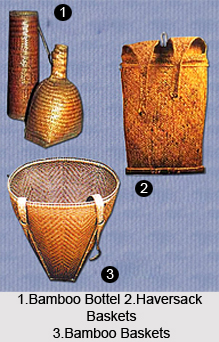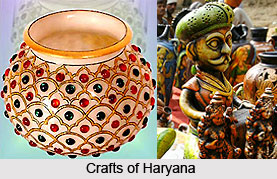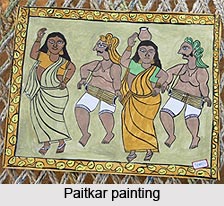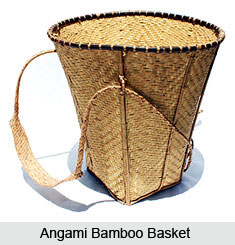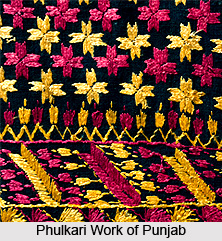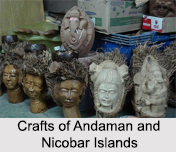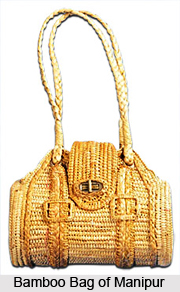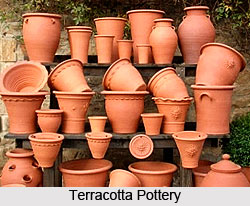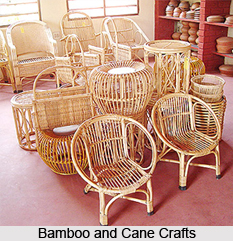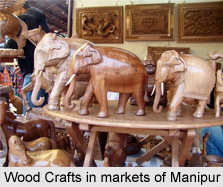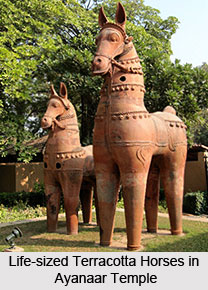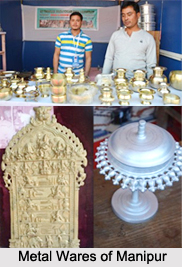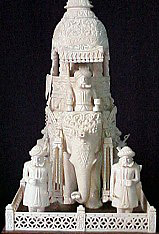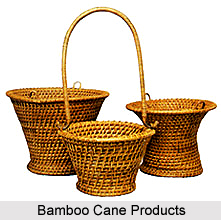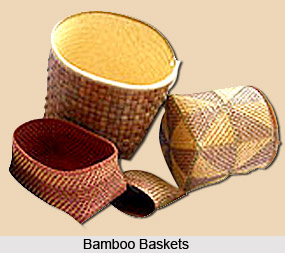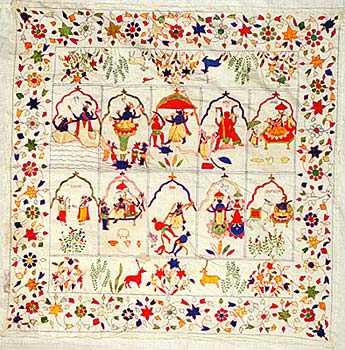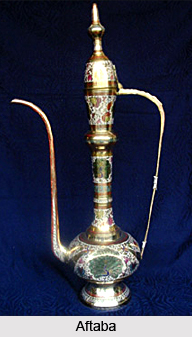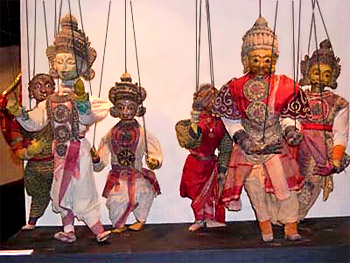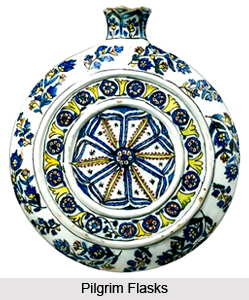 Pilgrim Flask is a portable vessel to carry water and wine on a journey or into battle. This beautiful shape, related to the pilgrim flask of medieval Europe, probably derives from containers made of leather: whole goatskins inflated with water were often depicted in Mughal and Persian paintings. The central column of the metal flask is probably a reminiscence of the animal`s neck, while the two graceful volutes are memories of the stumps of its forelegs.
Pilgrim Flask is a portable vessel to carry water and wine on a journey or into battle. This beautiful shape, related to the pilgrim flask of medieval Europe, probably derives from containers made of leather: whole goatskins inflated with water were often depicted in Mughal and Persian paintings. The central column of the metal flask is probably a reminiscence of the animal`s neck, while the two graceful volutes are memories of the stumps of its forelegs.
On some of the pilgrim vessels large metal rings hang loose from smaller rings or eyes cast one with the piece. These were to fasten chains or cords to the vessels and attach them to poles so that they could be carried by servants over their shoulders, as in a Rajput drawing dating back to 1625. All these flasks held liquid safely without spilling outside the home. They were also used for maharajas on the march, for kings on pilgrimage, and even for gopis fanning Krishna. Most of the paintings depicting pilgrim flasks are of the sixteenth or seventeenth centuries. In most of these paintings, the flasks are associated with people of political or spiritual authority, and it is quite possible that this vessel type was thought to be emblematic of high rank.
The most sculptural piece is also the earliest. Lotus buds are engraved on the surface in a medieval Hindu style with no Islamic influence. Rearing lions support the body of the vessel, like those on south Indian temple pillars. Most telling element of all, the pierced diamond-shaped pedestal is identical to those of the double-bellied ewer excavated at Kollur in the Deccan which is datable to the early fourteenth century.
The pilgrim vessel which is most intriguing is in the shape of a bird. The belly of the vessel has been transformed into two adorsed hamsas or swans, joined like Siamese twins; and the volutes and spout is avian heads with ruby eyes. The pendant lilies and row of cypress trees supporting the central shaft are typical of mid seventeenth-century design. It can be said that the pilgrim flasks of the Mughal era also used a lot of animal motifs in various forms and shapes.
